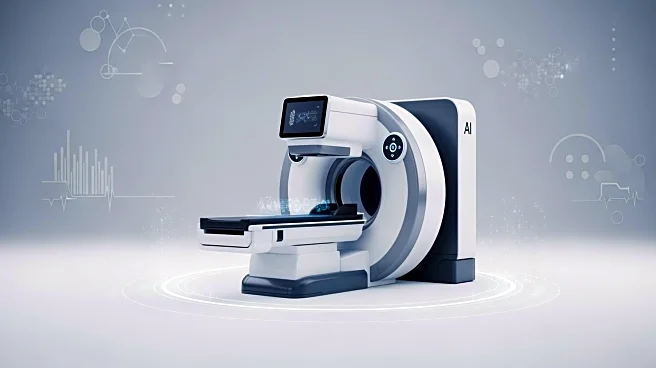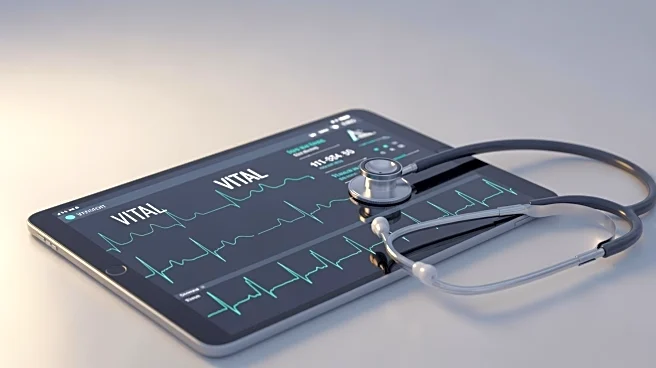What's Happening?
The global implantable medical devices market is expected to grow from USD 103.70 billion in 2025 to USD 179.70 billion by 2034, at a CAGR of 6.3%. This growth is driven by the increasing prevalence of chronic
diseases and technological advancements in medical implants. The market includes various types of implants such as cardiovascular, orthopedic, ophthalmic, dental, and neurological implants, with North America currently dominating the market.
Why It's Important?
The expansion of the implantable medical devices market reflects the growing demand for advanced healthcare solutions to address chronic conditions. Technological innovations, such as 3D printing and AI-powered systems, are enhancing the functionality and efficiency of implants, improving patient outcomes and reducing healthcare costs. The market's growth presents opportunities for medical device manufacturers and healthcare providers to develop new products and services, potentially transforming patient care.
What's Next?
The market is expected to continue evolving with advancements in biomaterials and implant technologies. Companies may focus on developing personalized implants using 3D printing and AI to improve patient comfort and recovery times. Regulatory bodies will likely play a role in ensuring the safety and efficacy of new implantable devices. The increasing demand for implants in emerging markets may drive global expansion and innovation in the industry.
Beyond the Headlines
The rise of implantable medical devices raises ethical and regulatory considerations, particularly regarding patient privacy and data security. As implants become more integrated with digital health systems, ensuring the protection of sensitive health information will be crucial. The development of new biomaterials and technologies may also lead to shifts in healthcare practices and policies, influencing how medical devices are designed and used.











